
Coin Market Cap: A Complete Guide for Smarter Crypto Investing in 2025

Introduction to Coin Market Cap
In the fast-paced world of cryptocurrency investing, market capitalization, often called market cap, is one of the most essential metrics for evaluating projects. It helps investors quickly gauge a coin’s size, value, and growth potential, making it a cornerstone for portfolio allocation and risk management.
Whether you’re a beginner trying to understand which cryptocurrencies to buy or an experienced trader managing a complex portfolio, understanding coin market cap is critical. In this guide, we’ll break down what market cap is, how to use it effectively, its limitations, and how platforms like Token Metrics can enhance your analysis with advanced data insights.
What Is Coin Market Cap?
Market capitalization refers to the total value of a cryptocurrency in circulation. It’s calculated using a simple formula:
Market Cap=Current Price×Circulating Supply\text{Market Cap} = \text{Current Price} \times \text{Circulating Supply}

For example, if a cryptocurrency is priced at $20 and has 50 million coins in circulation, its market cap would be $1 billion. This figure provides a snapshot of the project’s relative size and its standing in the broader crypto market.
Market cap is an invaluable metric for quickly comparing projects, identifying potential opportunities, and understanding the level of risk associated with an investment.
Why Market Cap Matters in Crypto
Market cap plays a crucial role in crypto investing for several reasons:
- Assessing Project Size:
It indicates whether a cryptocurrency is large-cap (established and relatively stable), mid-cap (moderate growth potential), or small-cap (high risk and high reward). - Determining Growth Potential:
Comparing market caps across similar projects can highlight undervalued assets with room to grow. - Portfolio Allocation:
By understanding the market cap of various assets, you can balance your portfolio between high-risk small caps and more stable large caps. - Benchmarking Performance:
Market cap allows you to compare assets within the same category—for example, evaluating competing layer 1 blockchains or AI tokens.
Types of Cryptocurrencies by Market Cap
Cryptocurrencies are typically categorized by their market cap:
- Large-Cap Cryptos (>$10 Billion):
These are well-established, widely adopted coins like Bitcoin (BTC), Ethereum (ETH), and Binance Coin (BNB). They tend to be less volatile and serve as the “blue chips” of crypto. - Mid-Cap Cryptos ($1–10 Billion):
These include projects like Polygon (MATIC), Arbitrum (ARB), and Chainlink (LINK). They balance growth potential with relatively lower risk than small caps. - Small-Cap Cryptos (<$1 Billion):
These high-risk, high-reward tokens often include emerging narrative-driven coins like Token Metrics AI (TMAI) or experimental DeFi projects. They can deliver significant returns but also carry a higher chance of failure.
How to Use Market Cap in Investment Decisions
While market cap is only one part of the puzzle, it’s a powerful tool when used correctly. Here’s how to incorporate it into your strategy:
- Identify Undervalued Assets:
Look for coins with strong fundamentals and low market caps relative to competitors. For example, an innovative AI project like TMAI with a market cap significantly lower than its peers could signal untapped potential. - Balance Risk and Reward:
Allocate funds across large-, mid-, and small-cap assets. Large caps bring stability, while mid- and small caps provide growth opportunities. - Track Sector Trends:
Monitor market caps by category (e.g., AI tokens, DeFi protocols, Layer 2 scaling solutions) to identify which sectors are gaining traction. - Compare Projects:
Use market cap to evaluate competitors within the same niche. For instance, comparing Polygon and Arbitrum can help assess which layer 2 solution has more market trust.
Limitations of Using Market Cap
Although market cap is a useful metric, it has its shortcomings:
- No Liquidity Insights:
A high market cap doesn’t always mean easy liquidity. Some tokens with large caps may have thin trading volumes, making them hard to buy or sell. - Doesn’t Reflect Token Distribution:
Market cap doesn’t account for how tokens are distributed. A project with concentrated ownership may have inflated prices that don’t reflect real demand. - Ignores Project Fundamentals:
Market cap alone won’t tell you if a project has strong technology, an active user base, or real-world utility.
This is why market cap analysis should always be combined with other key metrics and qualitative research, which is where Token Metrics becomes invaluable.
Enhancing Market Cap Analysis with Token Metrics
While traditional market cap data offers a snapshot, Token Metrics goes deeper by analyzing:
- On-Chain Metrics: Active wallets, transaction volumes, and network growth.
- Technical Analysis: AI-driven price predictions based on historical and real-time data.
- Fundamental Analysis: Project utility, team credibility, and adoption potential.
- Token Grades: Proprietary scoring that evaluates over 80 data points per token.
This AI-powered approach allows investors to identify truly undervalued projects that might be overlooked by simply glancing at market cap.
Market Cap vs. Other Key Metrics
Market cap is most powerful when used alongside:
- Trading Volume: Indicates liquidity and investor interest.
- Fully Diluted Valuation (FDV): Projects with low circulating supply but high FDV might face inflationary pressures.
- Total Value Locked (TVL): For DeFi tokens, TVL shows how much capital is actively being used in protocols.
Combining these insights with market cap offers a more complete view of a project’s health and potential.
Practical Steps for Using Market Cap in 2025
- Start with Large Caps:
Anchor your portfolio with stable large-cap assets like BTC and ETH. - Explore Mid- and Small-Caps:
Use Token Metrics to identify emerging projects with strong fundamentals and room for growth. - Diversify by Sector:
Allocate to different narratives—AI tokens like TMAI, DeFi coins, and scaling solutions—to spread risk. - Reassess Regularly:
Crypto markets move quickly. Track changing market caps to adjust your allocations proactively.
Conclusion
Coin market cap remains one of the most fundamental metrics for analyzing cryptocurrencies. It provides a clear picture of project size and helps investors allocate capital effectively.
However, market cap alone isn’t enough. To make smarter, data-driven decisions, investors should combine market cap insights with on-chain data, technical analysis, and AI-driven insights from Token Metrics.
In 2025, using market cap alongside advanced analytics can help you identify undervalued opportunities, manage risk effectively, and build a balanced, growth-oriented crypto portfolio.

.svg)

Create Your Free Token Metrics Account

.png)




%201.svg)
%201.svg)


%201.svg)



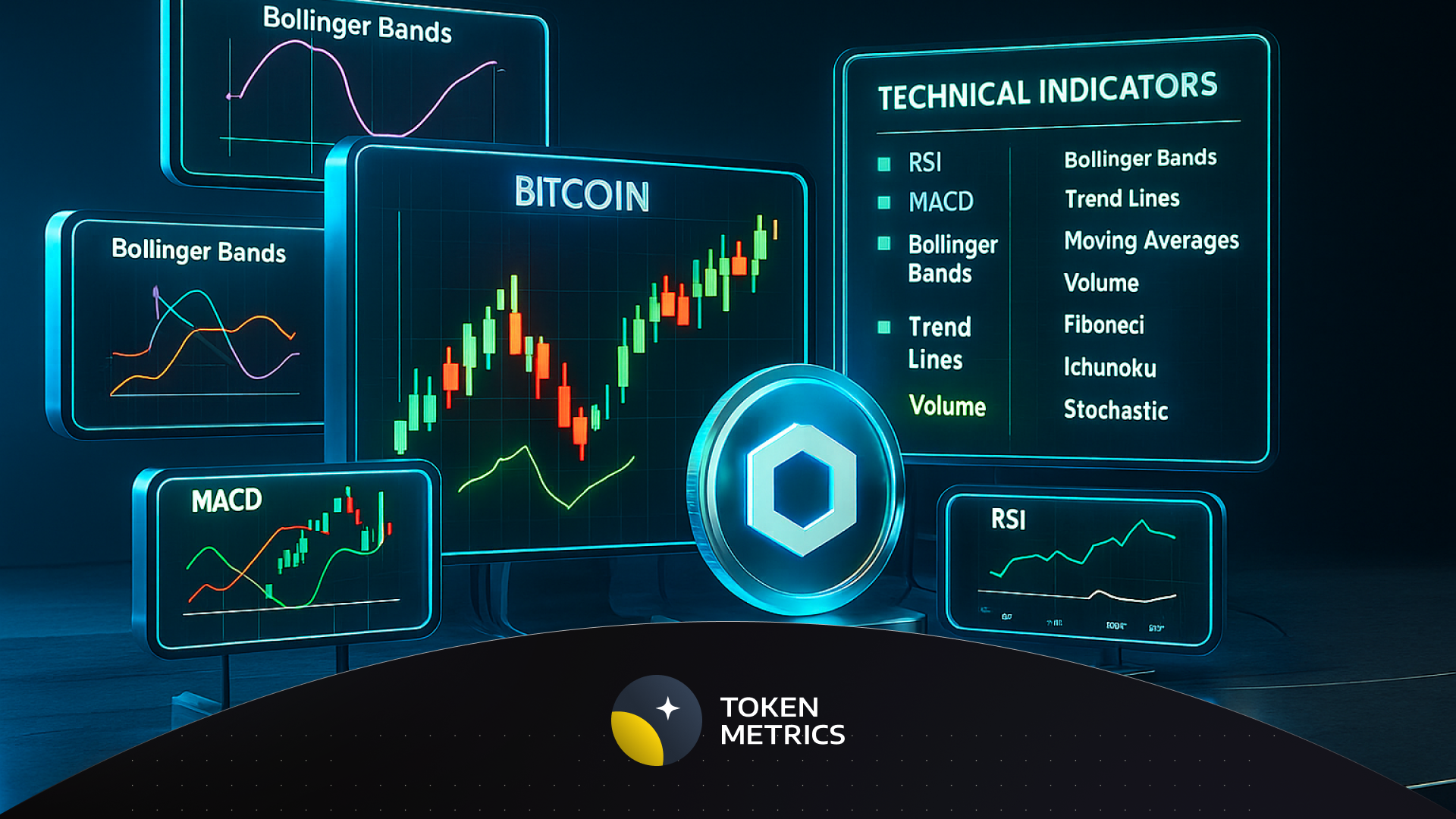

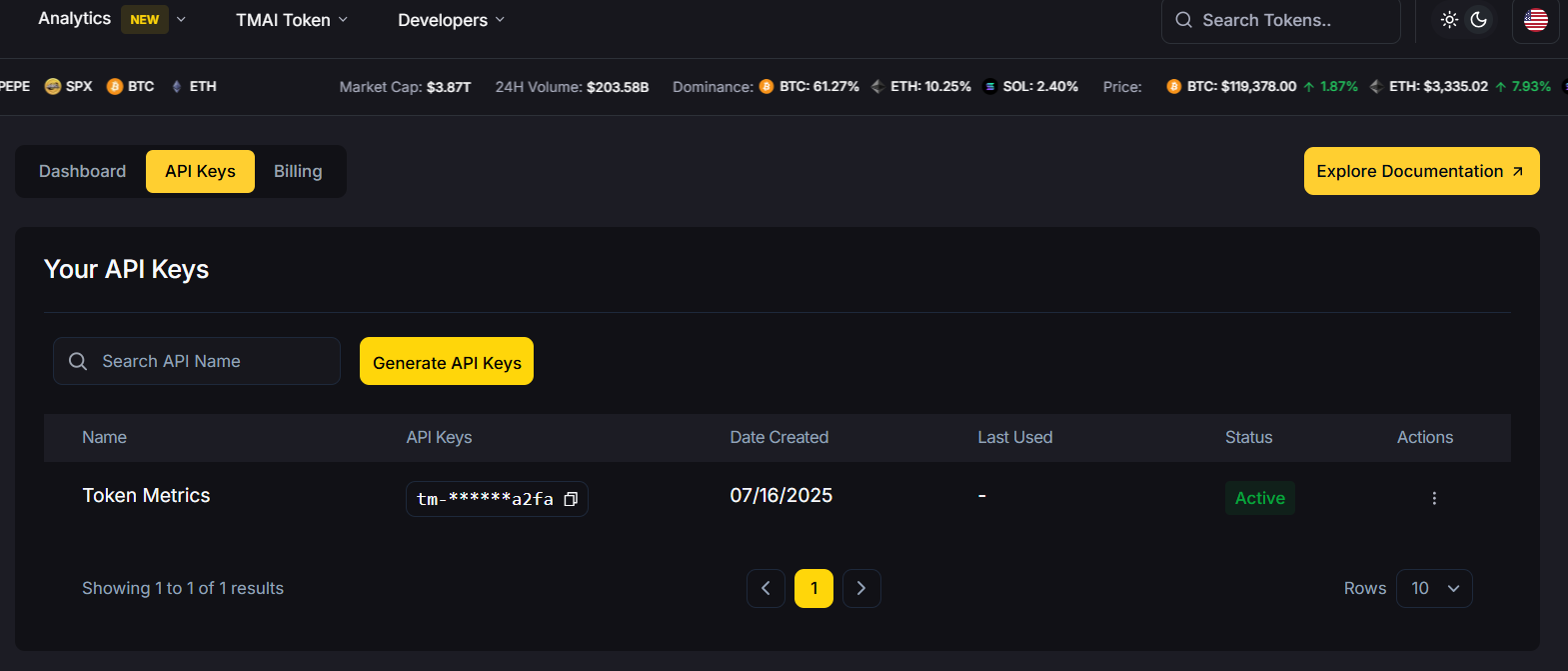




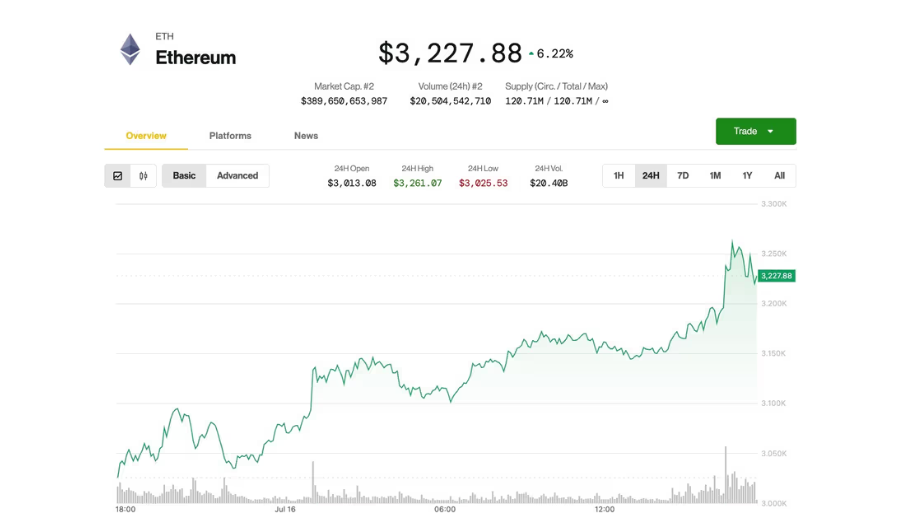



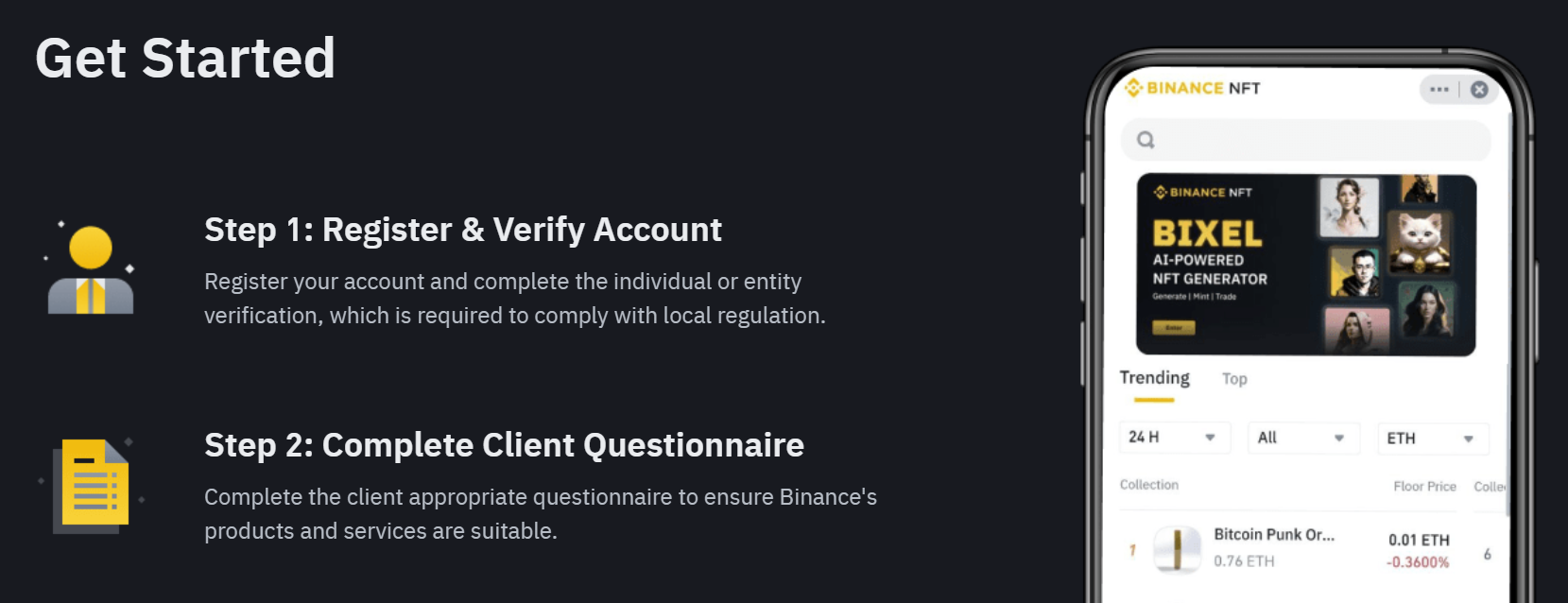
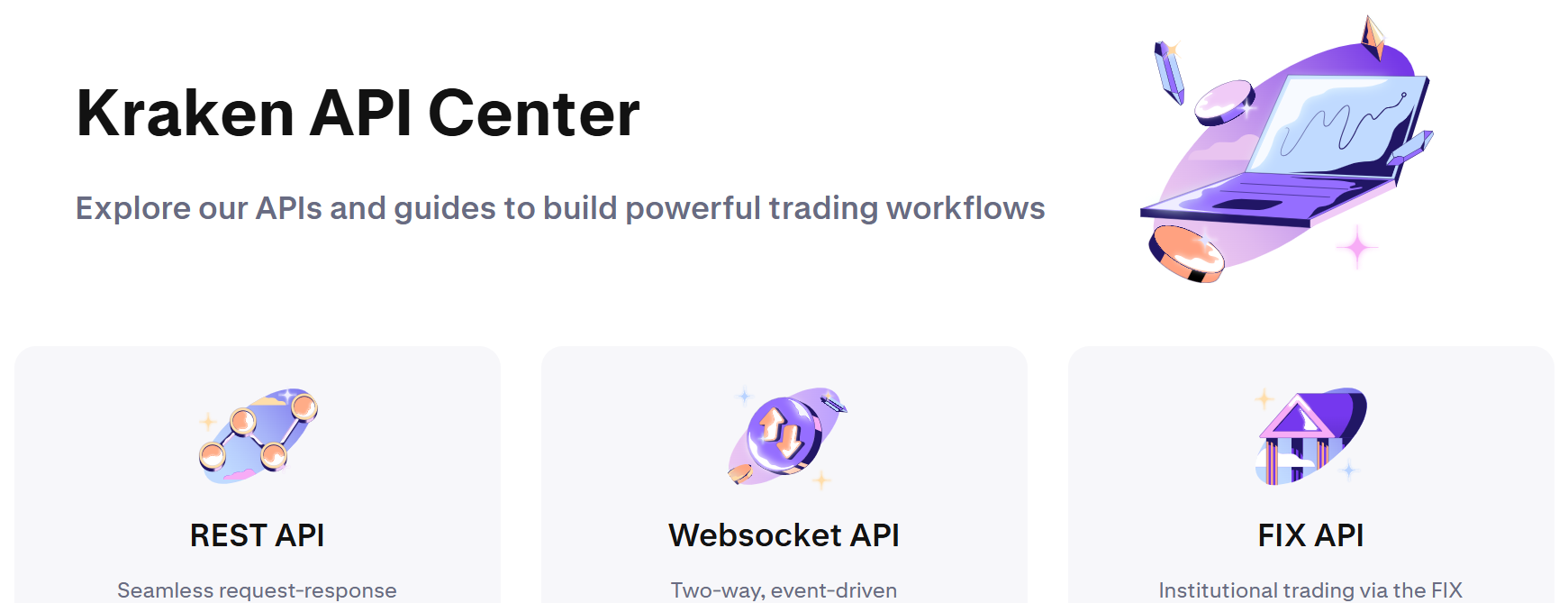
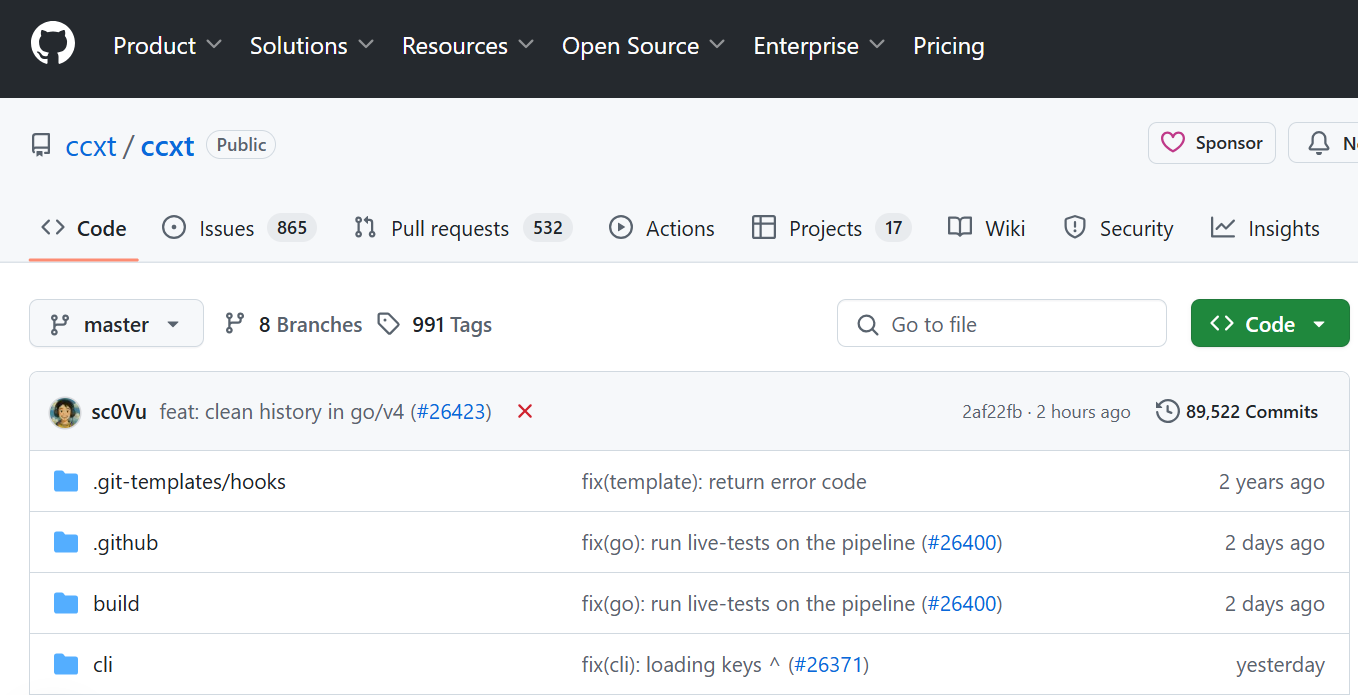


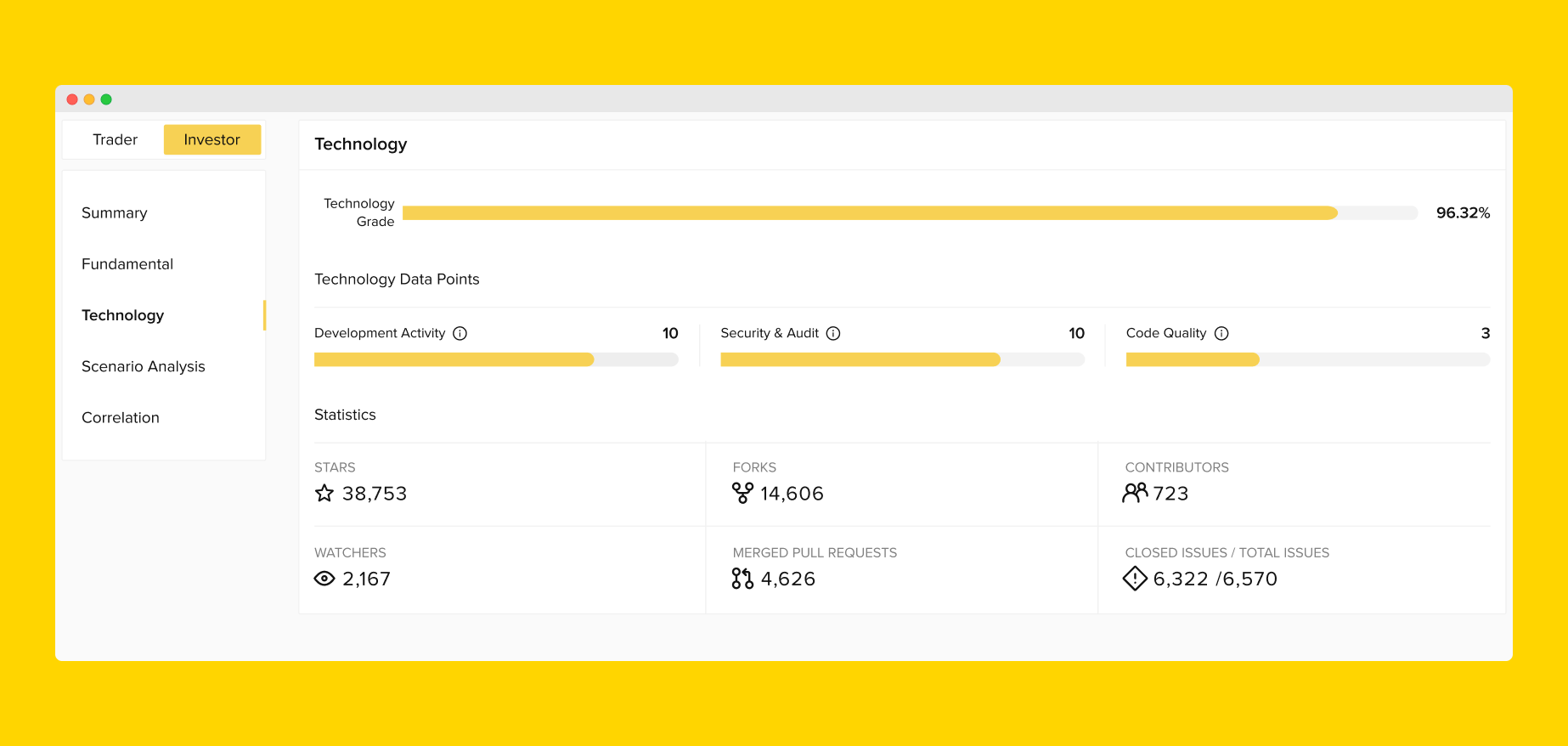





.svg)




.png)